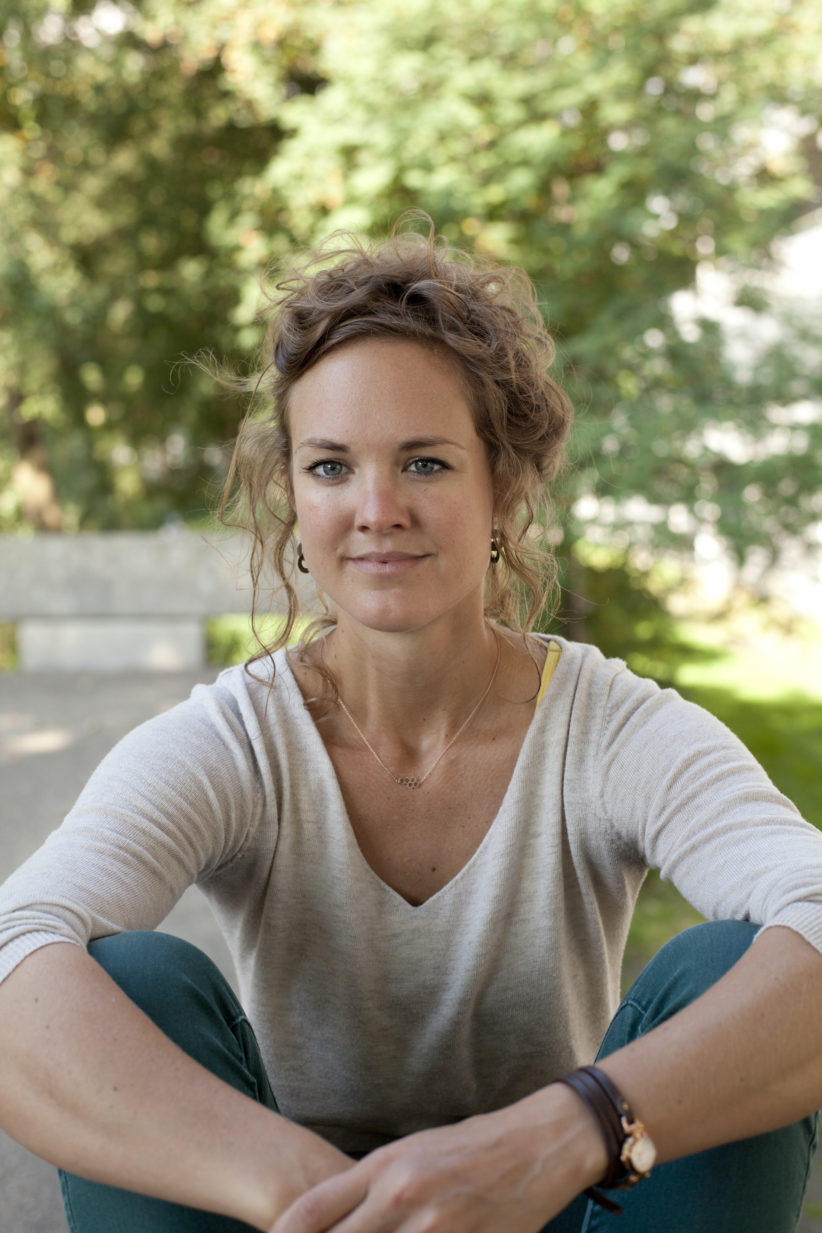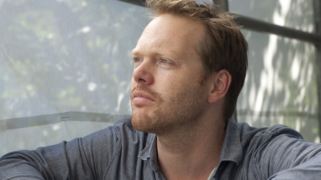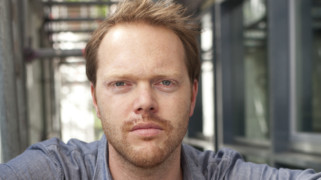Unsector, unacademise and unconference!
In November Nesta and TEPSIE organised the international conference ‘Social Frontiers: The Next Edge of Social Innovation Research’. The aim of the conference was to build and strengthen the community of social innovation researchers to develop a more robust body of empirical and theoretical knowledge. Over 100 people from Colombia to Korea came to the Glasgow Caledonian University (London) to exchange research insights, ideas and business cards. Marlieke Kieboom attended the conference and was left wondering whether social innovation should aspire to become a solid research community. And if so, then how? You may read her afterthoughts below.
A good conference …
I have recently attended a good conference. Social Frontiers was well organised and nicely located in the industrial area of Spitalfields in the middle of London City’s hustle-bustle. It was good because of its intention: for the first time in history a global group of social innovation researchers was brought together. Social innovation was not celebrated but discussed, and there were no endless debates on definitions. It was good because I have met interesting people who shared valuable content. For example historian Katherine McGowan (from the Canadian WISIR research group) who, via the invention of the IQ test, showed us what factors make an ‘adjacent future’ possible. And Monica Edwards-Schachter presented her research on Europe’s 120 Living Labs, in which she deconstructs its glorified ‘co-creative, user-driven practice’ to find out that ‘the users’ are predominantly treated as sources to experiment with technology use, and as a passive study subject. Finally, it was good because I have heard the best speech of the year, both in style and message. It was delivered by Roberto Mangabeira Unger, who suggested to view social innovation as a ‘transformative movement’, and argued for a ‘maximalist approach’ of social innovation by stretching social innovation from small-scale innovations that reside in civil society towards proactively engaging with the state and its politics.
… however, not yet superb …
I feel Social Frontiers was not yet superb. Of course this is a matter of perspective. Which is in my case that of a pragmatic academic, who works at a Dutch think tank with a mission to create public socio-economic value. What were the missing ingredients in my point of view?
The first absentee was a fierce debate. I think we missed a valuable point by not questioning the underlying assumption that got us all together in the first place. Why should we actually aspire to build and/or strengthen a community of social innovation researchers? How different is social innovation research from existing research communities? And for whom does it add value? If we would have had a thorough debate on these questions we could have thought about how the research community currently looks like, and how it could look like. Instead, we only slightly addressed this topic at the end of day two, by setting a thematic, future research agenda. While at the start Geoff Mulgan’s speech gave us a few good hunches on answers to these questions, hinting at two legs of research. One that caters for producing craft knowledge: practical knowledge that is grounded in practice, but is reflected back on that practice. Research that is useful, relevant, applicable. And that guides busy practitioners by helping them to avoid unnecessary mistakes. On the other hand, Mulgan also suggested rigorous research: new falsifiable hypotheses, measurement methodologies and sharp theoretical understanding. Research that might not be at all immediately and directly valuable to the practice of social innovation. Should we separate those two types of knowledges? Mulgan concludes that the challenge lies in striking the right balance in terms of how we think about the link between the mission and the research: “How does the intellectual task of understanding intersect with the work of thousands of people around the world trying to do social innovation, to develop ideas, put them into practice, find out if they're working?”. But how does ‘a good balance’ look like in practice? Is it already there? Does it work? This debate is still to be had.
“We are a homogeneous bunch: people who are quite generous, kind and collaborative.”
Second, I missed a heterogeneous crowd to have an argumentative debate with. Who is ‘the social innovation researcher’? The crowd attending Social Frontiers was, in my perspective, homogeneous in terms of a thematic focus: all of us were researchers, practitioners, or both, who are acquainted with the topic of social innovation through our daily practices in universities, think tanks and consultancy firms. Even by nature, it seems, we are a homogeneous bunch: people who are “quite generous, kind and collaborative”, in the words of Mulgan. But as our practice is anchored in all types of sectors, it does not seem wise nor useful to separate a research community from a business, public sector, political or policy community. Because in my view, and in Ungers views, this is exactly what the social innovation community is attempting to overcome by approaching complex problems in a systemic way. This means we can not afford ourselves to be strictly separated from existing, different research communities, for example social sciences, development cooperation field, or broader social change movements. This also means we can not afford ourselves to keep thinking in known roles, like ‘the researcher’ (in the university, the think tank), or ‘the practitioner’ (in civil society), but think of more hybrid and new roles one might deploy. At last, this also means we can not afford ourselves not to argue. Instead, the only way forward is to argue with people who run our systems, people who are affected by its functioning, and people who reside outside of those systems, in order to rewire or change them.
Third, I missed an unconventional, non-academic facilitation to cater for a new type of research community. Social Frontiers started in February 2013 with a call for papers, a deadline and a ‘distinguished panel’ who selected 27 papers that would feature at the conference. At Social Frontiers, the invitees were presented with plenary speeches, parallel thematic streams, PowerPoints, and discussion panels, all set in the background of the Glasgow Caledonian, an academic institute. First, by academising the social innovation research community, we might entrench in old reflexes of existing systems, like, for example, producing academic papers that study initiatives in hindsight and are inaccessible for a broader public. Second, if we would continue to organise our newfound community this way, would we then not contradict our mission? This mission is to address the current politics of knowledge production, challenge its existing power balances and present a new way of engaging with newfound knowledge that comes from a broader section of society. By organising an academic conference, we stimulate ordinary interactions as people who climb the stage have already earned their position in our current way of valuing particular knowledge over other types of knowledges.
… but certainly promising!
Of course there is no such thing as a perfect conference, or a perfect ‘research community’. Instead, we may ask ourselves how to tap best into the potential of human research capital? The above missing ingredients suggest a few ways forward. If we would like to know what a social innovation research community looks like, I think we first need to look outside of the social innovation sector, step outside of research settings as we know them, to find out where, when and for whom a social innovation research community is useful. That means we need to unconference, unsector, and unacademise ourselves and go out and about. After this, we come back together and discuss what we found. Not just amongst ourselves, also with people who have ideas, but are not commonly asked for their research ideas on social innovation. And then we need to think of how to conduct valid, solid research. Can we think of new rigorous methods, and new ways to value its outcomes? Can we combine them with existing methodologies? Because one methodological approach will not cut it. But maybe many different ones will. Think of modeled, expert-driven research, action research, participatory research and case-based research. And research types we never included before as ‘research’? Might blogging on Pinterest one day become an accepted way to collect data?
One philosophical thought to conclude. In the end, social innovation might just become a new system, next to the market, the state and the academic system. Whose failures then need to be challenged in years from now. If so, researchers just need to stick to their basic function, which is to challenge our ideas and thoughts on social innovation, and already think what is beyond its beau ideal. In the meantime, I am looking forward to the next Social Frontiers meet-up in 2014!
Marlieke Kieboom
Here's the round up video:





